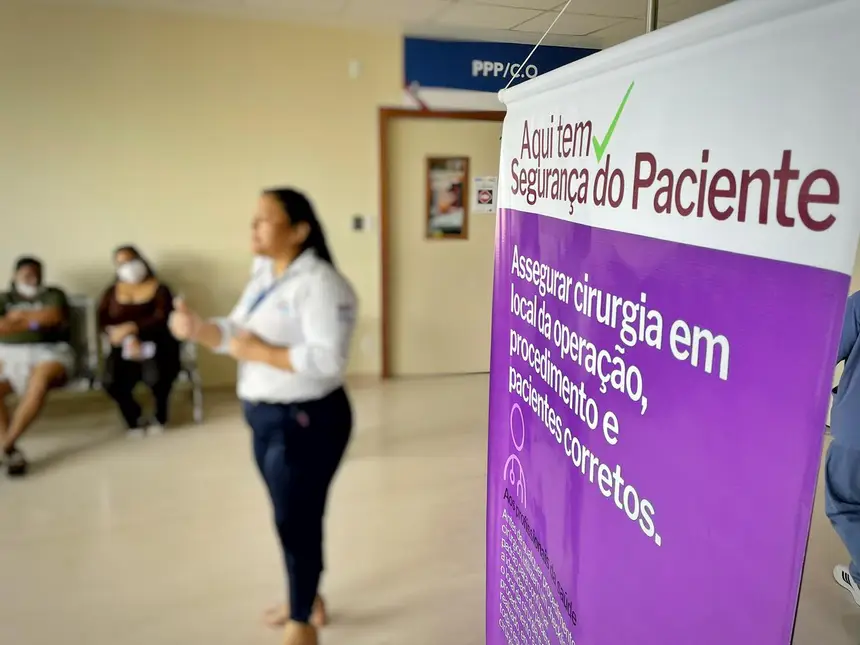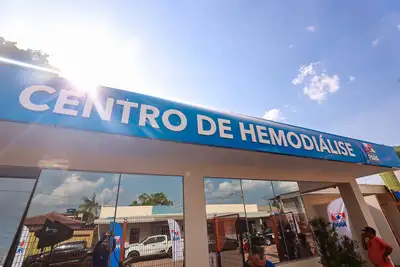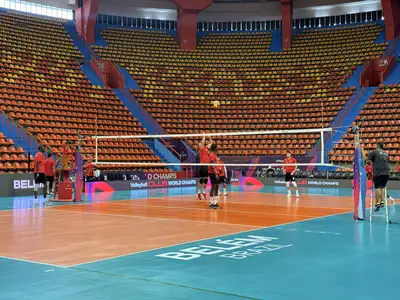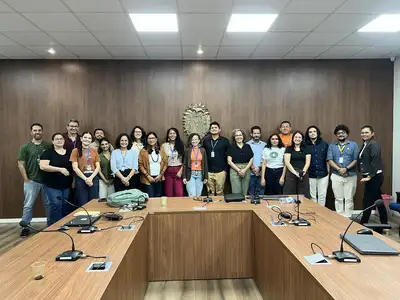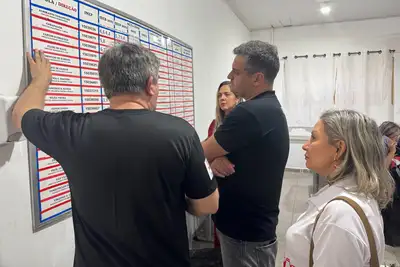Hospital Abelardo Santos promotes safe practices and brings patients closer to the surgical process
Actions follow international patient safety goals and reinforce HRAS's commitment to quality and risk reduction during surgeries
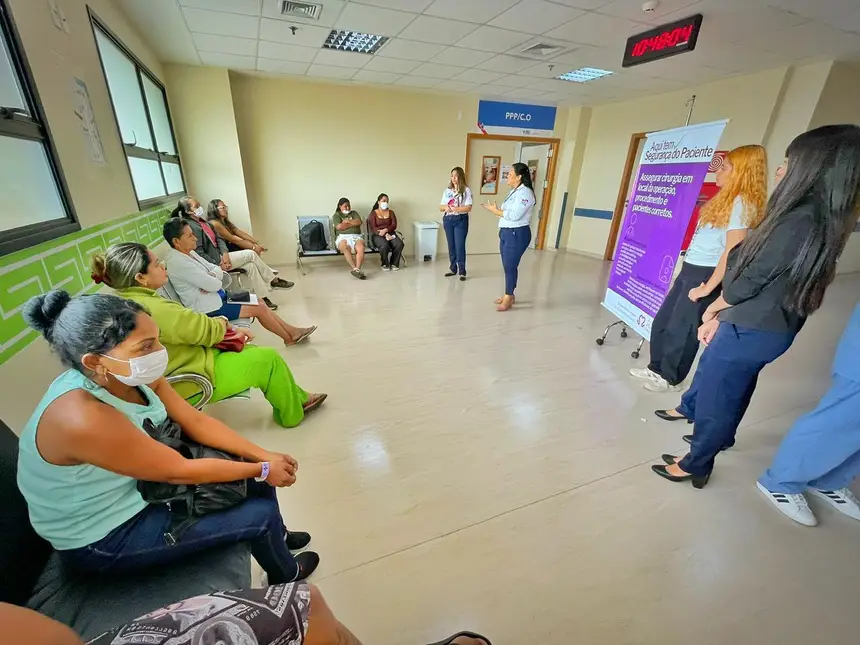
Aligned with international patient safety goals, the Dr. Abelardo Santos Regional Hospital (HRAS) in Belém has strengthened safe surgery protocols with patients in the Surgical and Obstetric Centers. The aim is to ensure that users understand that the entire process is correct and that they feel comfortable questioning if they identify any abnormalities.
“An action like this shows details that we often do not know, which is commendable, as it makes us more vigilant to ensure everything goes well,” said Mariana Pompeu, 29 years old. The freelancer was waiting for her son, Douglas Pompeu, 9 years old, to enter the surgical block. “I have to check if the name on the wristband matches the one on the record, if the consent form is signed, among other things,” she added.
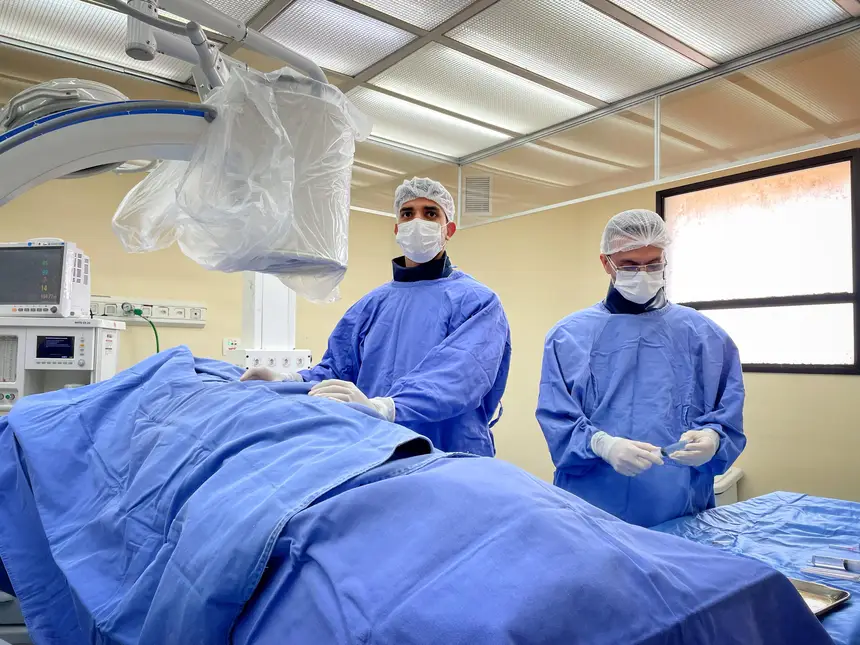
Considered the largest public health unit of the Government of Pará, the hospital performed 11,404 surgeries in 2024. Among the procedures, obstetric-gynecological emergencies and urgencies (6,033), general vascular surgeries (1,061), and congenital clubfoot corrections (811) stood out. In obstetrics, there were 5,003 births, with 2,327 being normal and 2,676 cesarean sections.
Given the large volume of procedures, the Quality and Patient Safety Center (NQSP) of HRAS created workshops with a playful and humanized proposal, applied in both sectors. “Now I feel more confident knowing that my son is being operated on safely, as I participated in the process and checked every detail. This way, I feel at ease,” stated Simone Souza, 32 years old.
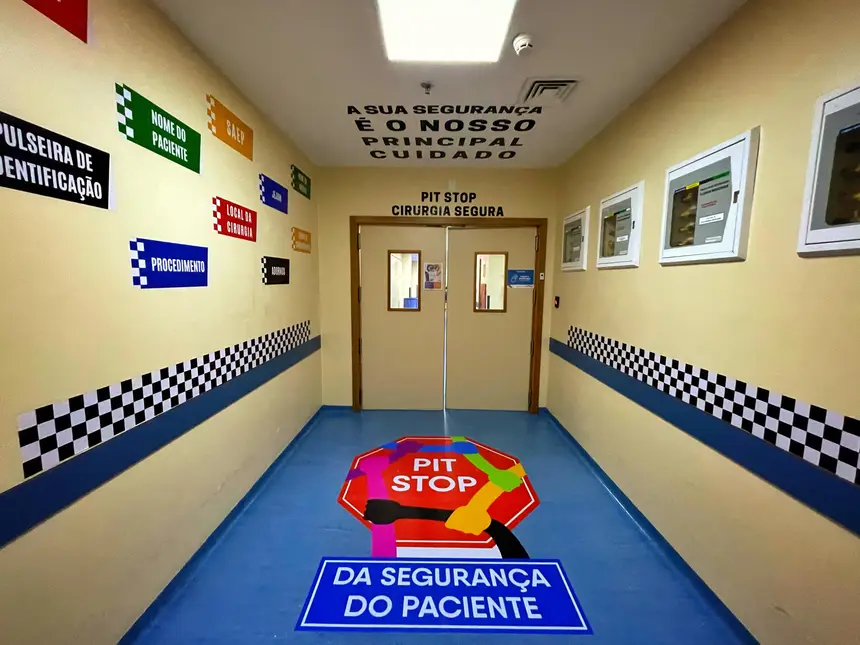
Safe Surgery Pit Stop
In addition to the workshops, Hospital Abelardo Santos also develops the “Safe Surgery Pit Stop” project, which uses elements characteristic of racing pits, simulating the technical stops made to check the mechanical conditions of cars. In this context, the “technical stop” represents the moment when the user performs the pre-operative checklist.
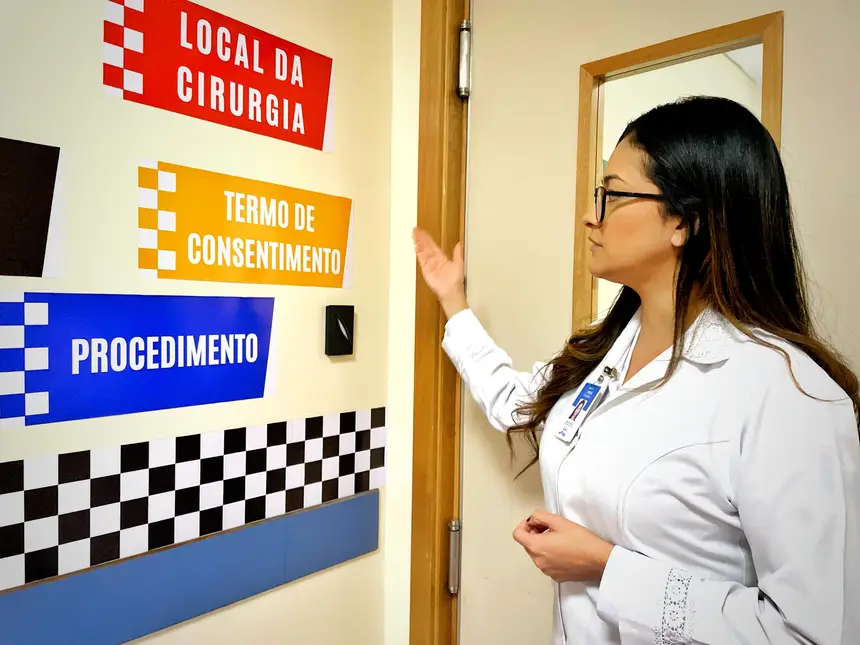
According to Jocy Guimarães, supervisor of the NQSP of HRAS, the actions serve as preventive barriers against possible incidents. “In addition to motivating the team to check all necessary items for surgical preparation, the initiative promotes greater safety and reduces errors from the patient's admission to the surgical room until the moment of hospital discharge, raising quality and safety standards.”
The action reinforces the importance of checking fundamental items before and after the surgical procedure, such as the patient's full name, identification wristband, signed consent form, removal of adornments, fasting condition, medical record, exams, surgery location, and type of procedure, among others. This checking ensures that everything goes correctly.
“The initiatives are essential for us to maintain focus on patient safety and ensure the engagement of all professionals in complying with safe practices in the surgical environment. The continuous strengthening of these protocols is essential for the quality of care provided, ensuring that the patient's discharge is effective and safe,” concluded Jocy Guimarães.


